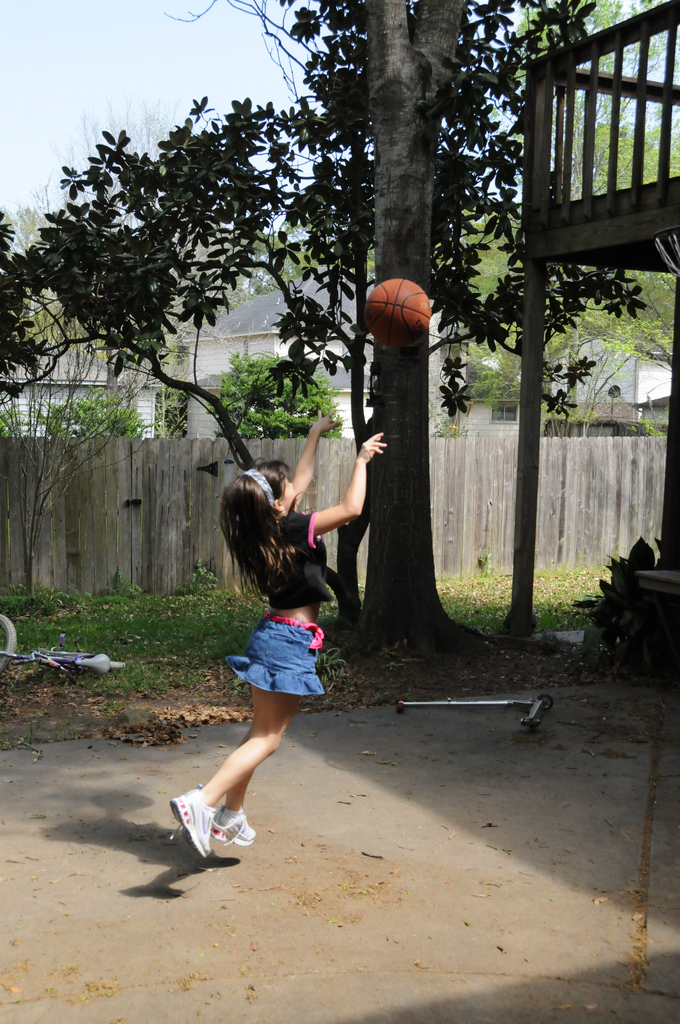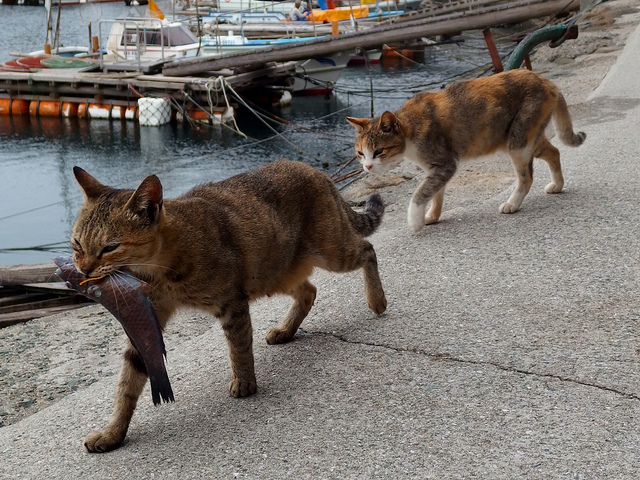Dative in Icelandic: throw that ball! Posted by hulda on Jan 14, 2015 in Icelandic grammar
Genitive was covered in Holy genitive case in Icelandic, Batman! and I touched upon accusative in Prepositions + accusative, so let’s now look at the third one, the dative.
Before we go on, one warning: Icelandic dative does not work exactly as dative is described to. For the most part þágufall closely resembles dative but there are many exceptions which occasionally throw it onto fields usually covered by f.ex. accusative, þolfall. For this reason I prefer using the Icelandic linguistic names for the cases since I’ve found that it helps to avoid some confusion.
For finding the right case declension for any word I warmly recommend BIN here – just remember to type the word exactly right, with right accent marks. If you miss one you may not get a result at all, or worse, you get a wrong one… my favourite example is that mig langar að kaupa lím (= I’d like to buy some glue) will get you glue, mig langar að kaupa lim (= I’d like to buy some penis)… well, probably glue but with a really wide smile! By the way the difference is near impossible to pronounce. 😀
Þágufall
It’s hard to make any exact rules when it comes to þágufall, especially in comparison with þolfall. There are certain guidelines but be prepared that there may well be exceptions to some of these rules. It may help to think that þágufall is often answering such questions as where, to whom, when/at what time, with what or in what way, f.ex.
Ég bý í Breiðholti. (= I live in Breiðholt.)
Huldu langar að lesa öllum stundum. (= Hulda wants to read all the time.) Note though that you use þolfall to answer the question “for how long” – Huldu langar að lesa allan daginn (= Hulda wants to read all day long), so be careful not to confuse the two.
Hún var stungin sverði. (= She was stabbed with a sword. If the stabbed party is male you’ll have to use stunginn, the male form.)
1. The case-picking verbs
Most typically there are verbs that only take a þágufall after them. This is the easy part – you pretty much just learn them as they come and can rest assured that there won’t be exceptions. Verbs that will only take þágufall are f.ex. að kasta (= to throw), að loka (= to close), að gleyma (= to forget), að stela (= to steal), að gefa (= to give) and að svara (= to answer).
Stúlkan kastaði boltanum. (= The girl threw the ball.)
Ólafur svaraði henni. (= Ólafur answered her.)
Ég gleymdi símanum mínum. (= I forgot my phone.)
Sometimes Icelandic does something entirely illogical with these verbs as well, as goes with the verbs að opna (= to open) and að loka (= to close). The first one takes þolfall, the latter þágufall, so:
Opnaðu gluggana (þf.) í eldhúsinu en lokaðu gluggunum (þgf.) í svefnherberginu! (= Open the windows in the kitchen but close the windows in the bedroom!)
2. Verbs affecting two words – here’s where it gets weird.
Well, what if there are two substantives or a substantive + pronoun combo after the verb? Some verbs actually demand one case first and the other one after! Gefa is one such verb:
Snorri gefur kettinum (þgf.) fisk (þf.). (= Snorri gives the cat fish.)
While köttur is in þágufall, fiskur is in þolfall! If, when reading poetry or other text where normal word order rules don’t apply you see Snorri gefur fisk kettinum, keep in mind that he’s still giving fish to the cat, not the other way around. 😀
Other verbs that demand the first part in þágufall but the latter in þolfall are að selja (= to sell) and að senda (= to send).
Ég sendi þér fingurkoss. (= I’m blowing you a kiss; fingurkoss = “finger kiss”.)
Að hóta (= to threaten), lofa (= to promise) and svara each want a þágufall + þágufall combination.
Hann hótaði honum lífláti. (= He threatened to kill him.)
3. Verbs affecting personal pronouns
Some verbs will also demand declension for the pronoun that goes before them. Að líka (= to like) and finnast (= to find/to consider/to be of opinion) are examples of this:
Henni líkar það illa. (= She doesn’t like that.)
Mér finnst maturinn ekki góður. (= I don’t think that the food is good.)
4. Prepositions
Besides verbs, prepositions occasionally take only þágufall after them. Prepositions that can only be followed by a þágufall are af (= from/by), frá (= from), úr (= from/out), að (= to/toward), hjá (= by/beside/with), handa (= for someone), nærri (= near), nálægt (= near), á móti (= towards), gegn (= towards) and samkvæmt (= according to).
Fróði Baggi tók hringinn úr gulli frá Gandálfi af borðinu og hljóp svo út úr húsinu. (= Frodo Baggins took the golden ring (that he received) from Gandalf from the table and ran outside of the house.) Hann gekk að dyrum Önnu og bad hana að geyma hann handa honum. (= He walked to Anna’s door and asked her to keep it for him.) Þá keyrði hann af stað. (= Then he drove out of town.)
There are more prepositions that occasionally want a þágufall, but we’ll look at those more in the next part where I’ll go through þolfall in a bit more detail.
BEWARE:
There’s also a phenomena named Þágufallssýki (= dative illness)! It’s more of a problem for the natives than the learners, but if you don’t know what it is and how to recognize it you may accidentally catch it.
Þágufallssýki was first noticed and named in the 1920’s: it’s a habit of using þágufall where some other case would be correct instead, usually þolfall. Typical mistakes that Icelanders make are f.ex.
Mér hlakka til – correct form: Ég hlakka til (= I’m looking forward to).
Mér langar í – correct form: Mig langar í (= I want).
Mér vantar – correct form: Mig vantar (= I’m lacking sth.)
So if you hear a local þágufall once too often try to not pick up the habit from them. 😀

Build vocabulary, practice pronunciation, and more with Transparent Language Online. Available anytime, anywhere, on any device.
About the Author: hulda
Hi, I'm Hulda, originally Finnish but now living in the suburbs of Reykjavík. I'm here to help you in any way I can if you're considering learning Icelandic. Nice to meet you!











Comments:
Stella Anton:
Your blog is saving my (learning) life! And I thoroughly enjoy your examples -being a native Greek speaker, the combination of both þágufall and þolfall affected by the same verb makes perfect sense, but I really laughed imagining the confusion a sentence like “Snorri gefur fisk kettinum” could cause! 😀 😀 😀
hulda:
@Stella Anton Hahahahaha that’s so true! Also hello, nice to meet you and glad to hear the blog’s been helpful. Here’s a little secret: I’m not one of those people who are fast at learning languages. That’s why I try to write this blog in as clear a manner as possible – simple enough for even myself to understand. 😀